Have you heard of Micro meditation? Micro meditation hacks are creating some serious buzz nowadays, and people who’re practicing are going gaga over them!
In our fast-paced and demanding world, finding moments of peace and relaxation has become a necessity. Traditional meditation practices can be time-consuming and may not fit into our busy schedules.
However, there is a solution that offers quick and effective relief: micro meditation.
In this article, we will explore the concept of micro meditation, its benefits, and practical techniques to incorporate it into your daily life.
Read Why Meditation Is Essential For Success
What Is A Micro Meditation?

Micro meditation, also known as mini-meditation or instant meditation, is a practice that involves taking brief moments throughout the day to intentionally focus your attention and calm your mind.
Unlike traditional meditation sessions that typically last for extended periods, micro meditation can be done in as little as a few seconds or up to a few minutes.
So, how do you micro meditate?
Some Popular Micro Meditation Hacks
Here’re some techniques that can help you calm down, feel relaxed, get energized, be mindful, and take charge of your day:

1. Breath Awareness:
- Close your eyes
- Take a deep breath
- Focus your attention on the sensation of your breath as it enters and leaves your body.
- Breathe in peace, harmony, and love
- Breathe out any negative energy of anger or frustration
- Spend a few moments simply observing your breath without trying to change it.
2. Sensory Awareness:
Engage your senses by focusing on one particular sensation, such as the feeling of the ground beneath your feet, the sound of birds chirping, or the taste of a piece of fruit. Allow yourself to fully experience that sensation in the present moment.
3. Mantra Repetition:
Choose a simple word or phrase that resonates with you, such as “peace,” “calm,” or “love.” Repeat it silently in your mind as you let go of other thoughts and distractions.
Read Thrive In Cosmic Vibrations: Why You Must Start Chanting Mantras According To Science
4. Visualization:
Close your eyes and imagine a peaceful scene or a place that brings you joy and tranquility. Engage your senses and immerse yourself in the imagery, allowing it to relax and center your mind.
5. The Standing Body Scan:
The Standing Body Scan is a technique that involves bringing awareness to different parts of your body while standing. Here’s how you can practice it:
- Find a comfortable standing position with your feet hip-width apart.
- Close your eyes or keep a soft gaze.
- Begin by focusing your attention on your feet.
- Notice the sensations in your toes, the soles of your feet, and the weight of your body on the ground.
- Slowly move your attention up through your ankles, calves, knees, and thighs, observing any sensations or areas of tension.
- Continue scanning your body, bringing awareness to your hips, abdomen, chest, shoulders, arms, hands, neck, and head.
- Notice any sensations, areas of relaxation, or areas of tension.
As you scan each body part, try to bring a sense of gentle curiosity and non-judgment. If you notice any areas of tension, imagine sending your breath to those areas and consciously relaxing them.
Spend a few moments at the end of the practice, embracing a sense of overall body awareness and relaxation.
The Standing Body Scan is an effective way to ground yourself in the present moment, release physical tension, and cultivate body awareness.
6. Metta Bhavana:
Metta Bhavana, also known as Loving Kindness meditation, is a practice focused on developing compassion, love, and kindness towards oneself and others. Here’s how you can practice it:
- Find a comfortable seated position and close your eyes.
- Take a few deep breaths to relax your body and mind.
- Begin by directing thoughts of well-being and kindness towards yourself.
- Repeat phrases silently in your mind, such as “May I be happy. May I be healthy. May I be safe. May I live with ease.“
- After spending a few moments generating loving-kindness towards yourself, shift your focus to someone you care about—a friend, family member, or mentor.
- Repeat the same phrases, imagining that person experiencing happiness, health, safety, and ease.
- Next, expand your circle of loving-kindness to include neutral people, such as acquaintances or strangers, and eventually include difficult people or those with whom you have conflicts.
- Offer the same well-wishes to them, wishing for their happiness, health, safety, and ease.
- Finally, extend loving-kindness to all beings, near and far, known and unknown.
- Cultivate a sense of interconnectedness and a wish for the well-being of all.
Metta Bhavana helps cultivate compassion, empathy, and a sense of connection with others. It can foster positive emotions, reduce negative feelings towards oneself or others, and enhance overall well-being.
7. Belly Breathing:
Belly breathing, also known as diaphragmatic breathing focuses on deepening and slowing down your breath. Here’s how to practice it:
- Find a comfortable seated position or lie down on your back.
- Place one hand on your belly and the other on your chest.
- Close your eyes and take a few natural breaths, allowing yourself to settle into a rhythm.
- Begin to breathe in deeply through your nose, directing the breath into your belly.
- As you inhale, feel your belly expand, pushing your hand out slightly.
- Allow your chest to remain relatively still during this phase.
- Exhale slowly through your mouth, gently drawing your navel towards your spine.
- Feel your belly sink inwards as the breath leaves your body.
- Continue this deep belly breathing for a few minutes, focusing your attention on the sensation of the breath entering and leaving your body.
Belly breathing activates the relaxation response in our bodies, stimulating the parasympathetic nervous system and promoting a state of calmness and relaxation. By consciously focusing on deep, abdominal breaths, we can reduce stress, lower blood pressure, and bring a sense of tranquility to both the mind and body.
During belly breathing, it’s essential to maintain a slow and steady pace, allowing the breath to flow naturally and effortlessly.
If you find your mind wandering, gently bring your attention back to the sensation of the breath entering and leaving your body. Gradually increase the duration of your belly breathing sessions as you become more comfortable with the technique.
Incorporating belly breathing into your daily routine is particularly beneficial during moments of stress, overwhelm, or when you need to regain focus.
By taking just a few minutes to engage in this technique, you can reset your nervous system, create a sense of inner calm, and improve your overall well-being.
Read 6 Yoga Poses To Release Difficult Emotions
How Do You Micro Meditate? Incorporating Micro Meditation into Your Daily Life
A. Start Small:
Begin with just a few moments each day and gradually increase the duration as you become more comfortable.
B. Integrate Triggers:
Associate specific triggers with your practice. For example, every time you receive a notification on your phone, take a brief moment to focus your attention and practice mindfulness.
C. Create Rituals:
Find regular activities in your daily routine, such as brushing your teeth or waiting for a traffic light, as reminders to pause and engage in micro meditation.
D. Utilize Technology:
Several mobile applications and online platforms offer guided micro meditation sessions, making it easier for beginners to develop consistent practice.
The Benefits of Micro Meditation
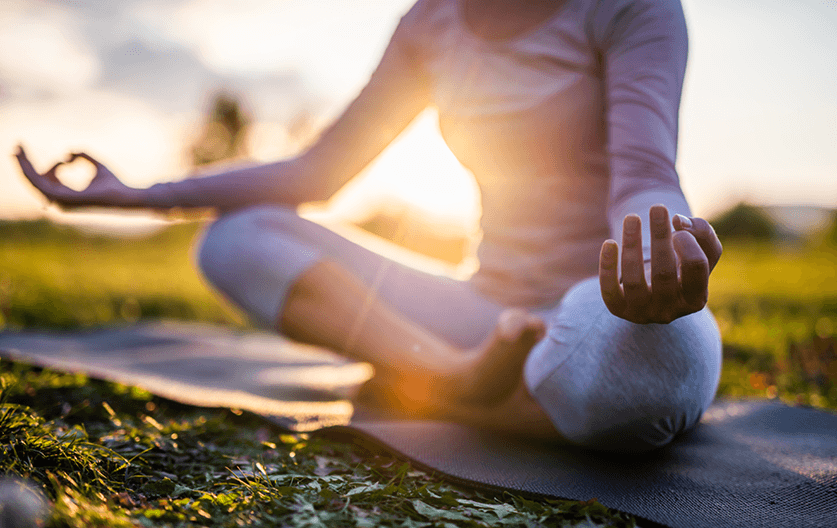
- Stress Reduction: Even short periods of meditation have been shown to activate the relaxation response in our bodies, reducing stress levels and promoting a sense of calmness.
- Increased Focus: Taking moments to clear your mind and focus on the present can enhance your ability to concentrate and improve your overall productivity.
- Emotional Well-being: This practice can help regulate emotions by creating a space for self-awareness, allowing you to observe your thoughts and emotions without judgment.
- Physical Health: Regular practice can lead to improved cardiovascular health, reduced blood pressure, and decreased muscle tension.
- Mindfulness Integration: By incorporating micro meditation into your daily routine, you can cultivate a habit of mindfulness and presence, enabling you to savor the small joys of life.
More Than Just A Fad
Micro meditation offers a practical and accessible way to cultivate mindfulness and find moments of tranquility in our busy lives.
By taking a few moments throughout the day to focus your attention and calm your mind, you can experience the benefits of reduced stress, increased focus, and enhanced emotional well-being.
So, start integrating this practice into your daily routine and discover the profound impact it can have on your overall sense of peace and contentment.
Now that you know what is a micro meditation, how to practice it, and the benefits that come along with it, please share your thoughts by leaving a comment down below!
Frequently Asked Questions
What is Microcosmic Orbit Meditation?
Rooted in Taoist and Qigong traditions, this practice focuses on circulating and balancing the flow of energy within the body. It involves visualizing and directing the movement of energy along specific pathways, known as the microcosmic orbit or small heavenly cycle, which connects the major energy centers in the body.
What is non-guided meditation called?
Unguided meditation is also known as Silent Meditation.
How many minutes should I meditate a day?
Traditional meditation practices should be done for 40 to 45 minutes daily. But brief daily meditation techniques which are equally effective can be done for 60 seconds or less.


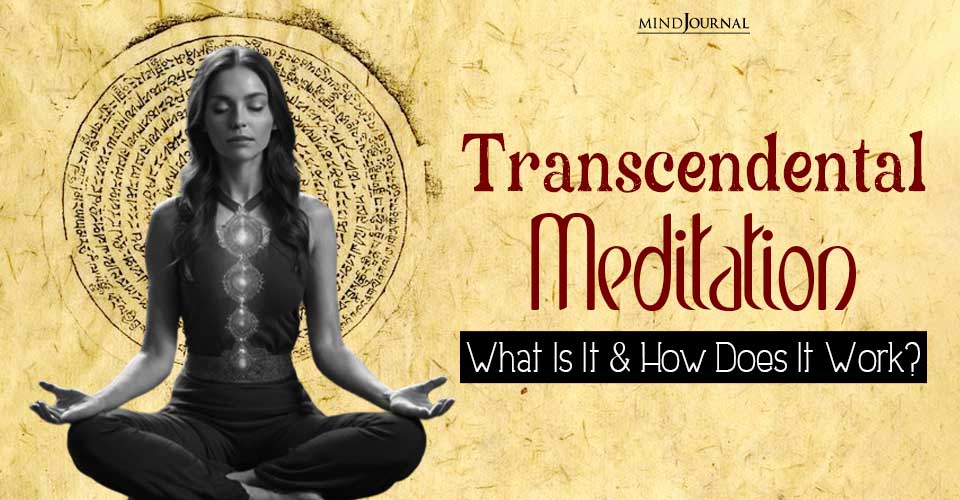

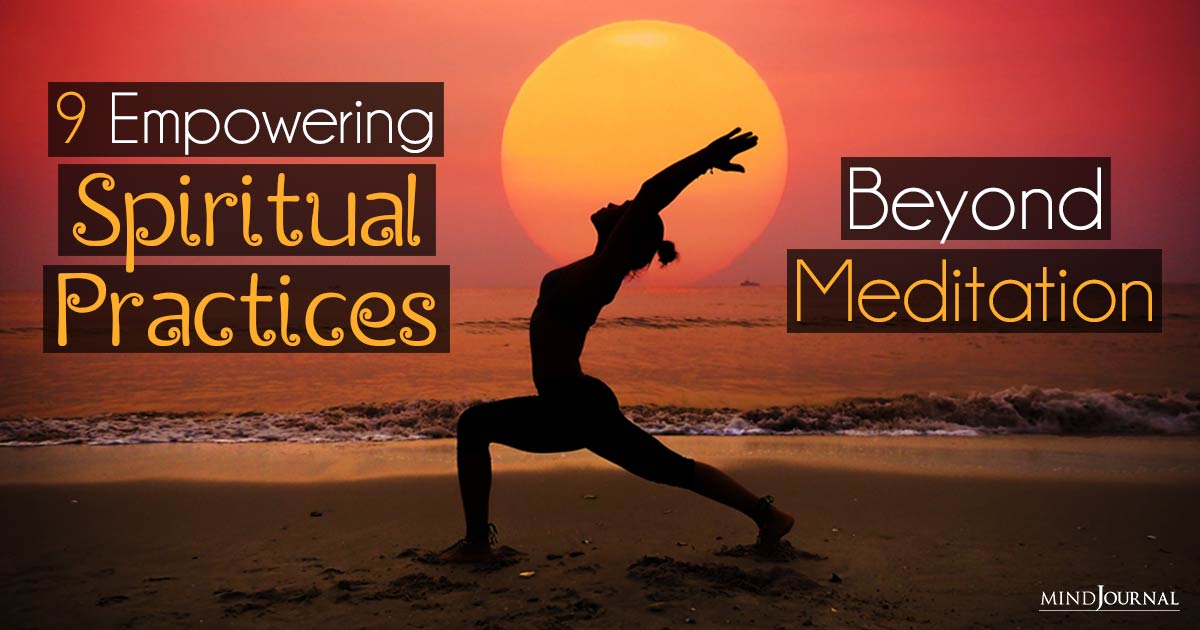
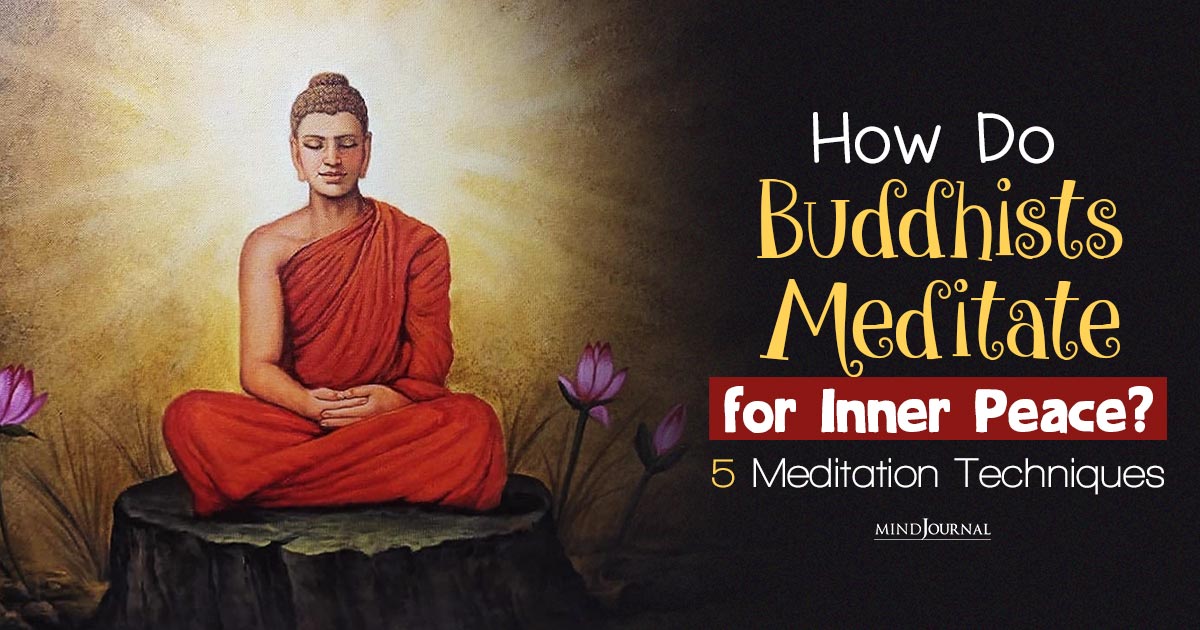


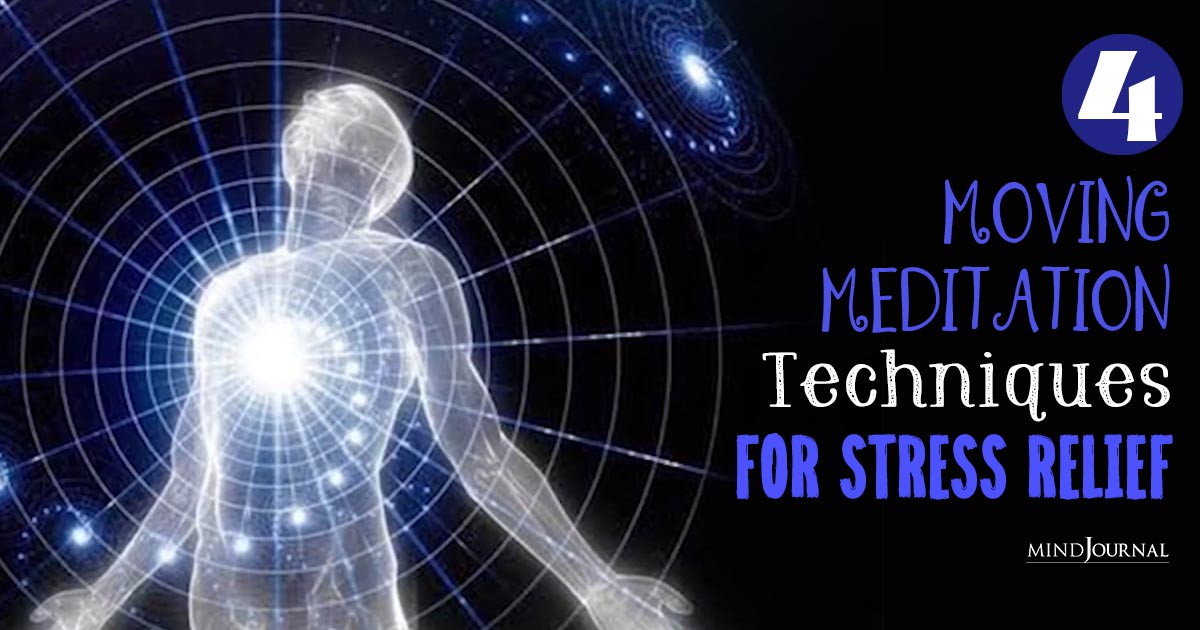
Leave a Reply
You must be logged in to post a comment.